
How to Launch a Fashion Brand: The Ultimate AI Guide
Contemplating the initiation of your very own sartorial empire? You’ve come to the right place.
In this exhaustive compendium, you shall glean the means to inaugurate a clothing brand ab initio - in a methodical manner.
Whether you are a fashion aficionado brimming with ingenuity or a budding tycoon eyeing the burgeoning garb arena, this exposé shall shepherd you through every facet of the voyage, from branding and commercial strategizing to conception, fabrication, and unveiling.
Moreover, you shall uncover the art of exploiting AI apparatus to expedite everything ranging from design stimuli to automated marketing, aiding you in transforming your aspiration into a flourishing couture label - more swiftly than ever imaginable.
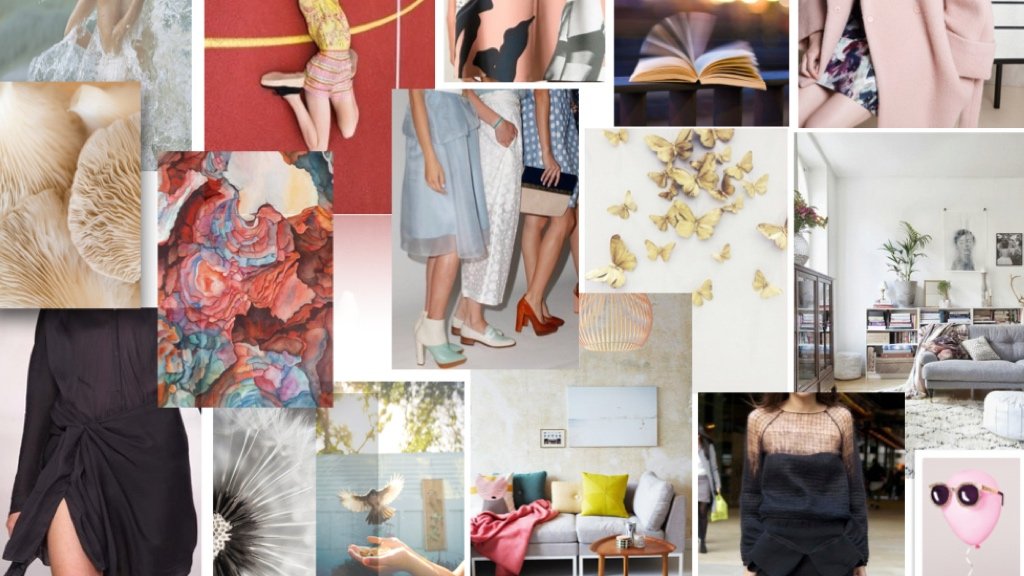
Define Your Clothing Brand Identity
Before sketching your first design or choosing fabric, it’s crucial to define the identity of your clothing brand. Your brand identity is the foundation of everything - from your logo and colour palette to the tone of your social media posts and the people you want to reach.
A strong identity helps you stand out in a crowded market, resonate with your target audience, and build lasting customer loyalty.
Start by answering these key questions:
- What style defines your brand (e.g., minimalist, streetwear, luxury, boho)?
- Who are you designing for? (age, gender, lifestyle, values)
- What makes your brand unique compared to others?
- What emotions or experiences do you want your clothes to evoke?
Pro tip: Use AI-powered brand tools like Looka or Brandmark to instantly generate mood boards, brand colour palettes, and logo ideas based on your vision.
Sample Fashion Niches and Brand Directions
| Niche | Audience Target | Brand Feel | Example Styles |
|---|---|---|---|
| Sustainable Fashion | Eco-conscious millennials | Earthy, minimal | Organic cotton basics |
| Streetwear | Gen Z & urban youth | Bold, expressive | Graphic tees, hoodies |
| Luxury Womenswear | Affluent professionals, 30s–50s | Elegant, timeless | Silk dresses, coats |
| Gender-Neutral | Trendsetters, inclusivity-focused | Modern, fluid | Oversized unisex fits |
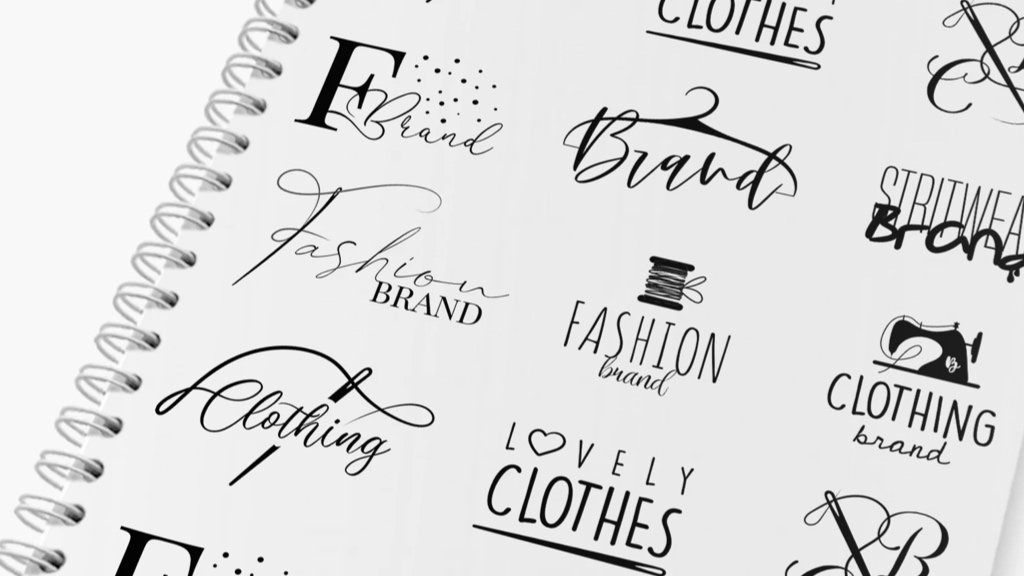
Create a Business Plan for Your Fashion Brand
Every successful clothing brand starts with a solid business plan. This blueprint helps you clarify your vision, define your goals, and prepare for the real-world logistics of launching and growing your brand.
A clear business plan isn’t just for you - it’s also a powerful tool for attracting investors, securing funding, or guiding partnerships.
What to Include in Your Business Plan
- Brand Mission & Vision – What drives your fashion brand and what do you want to achieve long-term?
- Target Market – Define your ideal customer: their age, values, habits, style preferences, and budget.
- Business Model – Will you go with print-on-demand, wholesale, direct-to-consumer, or drop shipping?
- Product Plan – What will you sell? Start small or launch with a full collection?
- Marketing Strategy – Online, offline, influencer partnerships, content creation, or paid ads?
- Financial Projections – Costs, revenue forecast, and break-even point.
⚡ AI Advantage: Tools like ChatGPT, LivePlan, or Notion AI can help you auto-generate business plan sections, organize cost estimates, and simulate growth scenarios faster than doing it manually.
Example Clothing Brand Startup Costs (Estimates)
| Expense Category | Estimated Cost (USD) | Notes |
|---|---|---|
| Branding & Logo | $100–$500 | Use AI tools or freelance designers |
| Website & Domain | $150–$500 | Shopify, Wix, or WooCommerce setup |
| Sample Production | $500–$2,000 | Depends on product type and materials |
| Marketing Budget | $300–$2,000/month | SEO, social media ads, influencer outreach |
| Legal & Licenses | $200–$800 | Varies by location and structure |
| Inventory (first run) | $1,000–$5,000+ | Optional if using print-on-demand |
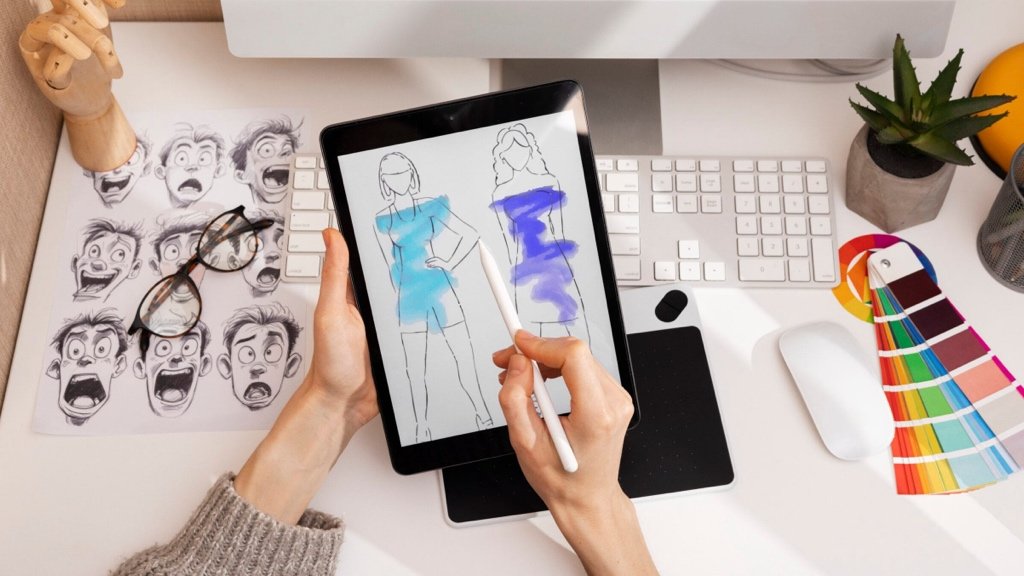
Use AI to Accelerate Your Design & Planning Process
Launching a clothing brand in 2025 doesn't have to be slow or complicated. Thanks to modern AI tools, you can dramatically reduce the time it takes to plan, design, and prepare for launch. Whether you’re brainstorming collections, naming your brand, or visualizing your audience, AI can speed up the process—and reduce decision fatigue.
⚙️ AI Tools That Can Help You Get Started
| Use Case | Recommended Tool | What It Does |
|---|---|---|
| Brand Name Generation | Shopify Name Generator, Namelix | AI-powered suggestions based on keywords and industry |
| Mood Boards & Inspiration | Fashwell, Designify | Generate visual styles, layouts, and fashion-forward boards |
| AI-Powered Design Sketches | Cala, Revery AI, Artbreeder | Turn prompts into fashion illustrations and concepts |
| Business Plan Generation | ChatGPT, Notion AI | Draft plans, pitch decks, and competitive summaries |
| Market Analysis | Trendalytics, Edited | Use AI to scan trends, pricing, and gaps in the market |
Pro tip: Combine ChatGPT + Canva to create stunning branded content quickly—even if you have zero design skills.
Time-Saving Potential with AI
- Using AI tools in your planning phase can help you:
- Generate 10x more design ideas in less time
- Test brand directions visually before investing money
- Forecast trends and adjust accordingly
- Speed up product descriptions and marketing copywriting
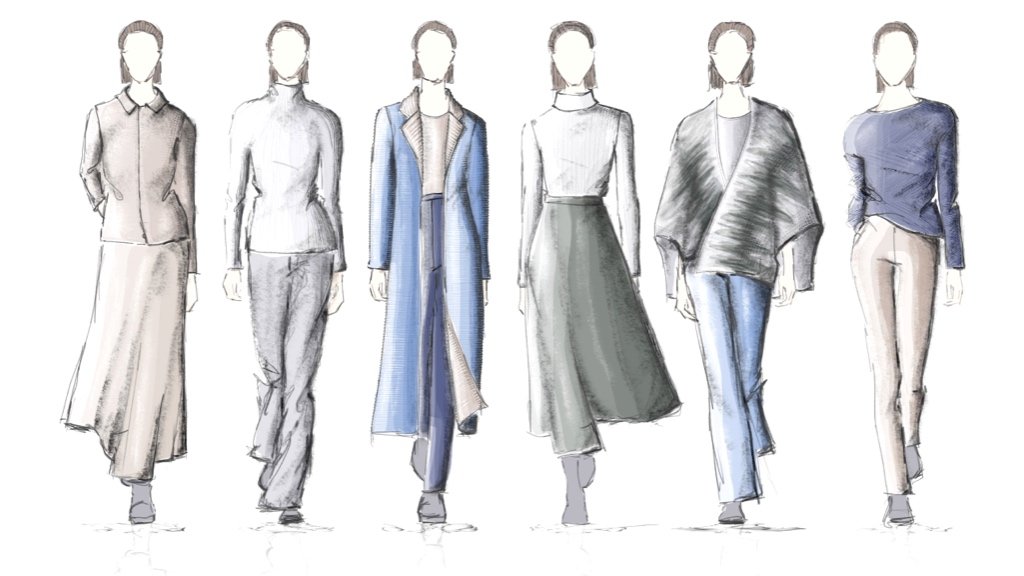
Design Your First Clothing Line
Now that your brand is defined and your business plan is in place, it’s time to start designing. This is where your creative vision meets execution. Your first clothing line should reflect your brand’s identity, appeal to your target audience, and showcase your unique style. But remember—it’s not just about looks. Your designs should also be practical to produce and aligned with your budget.
Start by sketching your ideas. Even simple pencil doodles can be the foundation of future bestsellers. Translate your vision into initial concepts, considering elements like silhouette, colour palette, fabric type, and seasonal relevance. You can sketch by hand or use tools like Clo3D, Adobe Illustrator, or even AI design generators like Revery AI and Cala to turn prompts into rough prototypes. AI can also help you iterate faster by generating variations of your core designs and even creating full outfit combinations.
Once your sketches are ready, move into the product development phase. This includes creating tech packs, defining measurements, selecting fabrics, and preparing your patterns for production. If you're not ready for large-scale manufacturing yet, consider creating handmade samples or using small-batch production. Start with a capsule collection—5 to 10 pieces that work together to tell a story and test your market’s reaction.
Key Elements of a Clothing Design
| Element | Description | Tool Suggestion |
|---|---|---|
| Sketches | Initial visual representation of each garment | Paper, Adobe Illustrator |
| Tech Packs | Detailed specs, materials, and construction notes | Techpacker, Google Docs |
| Fabric Selection | Choosing material types, textures, and properties | Swatch Books, Fabric.com |
| Pattern Making | Turning design into a cuttable, sewable template | Clo3D, Seamly2D |
| Sample Creation | Producing first physical versions of garments | Local tailor, DIY sewing |
Bonus tip: Use image-to-sketch tools like DeepAI Sketch Generator or Artbreeder to convert ideas into mockups quickly—even without drawing skills.
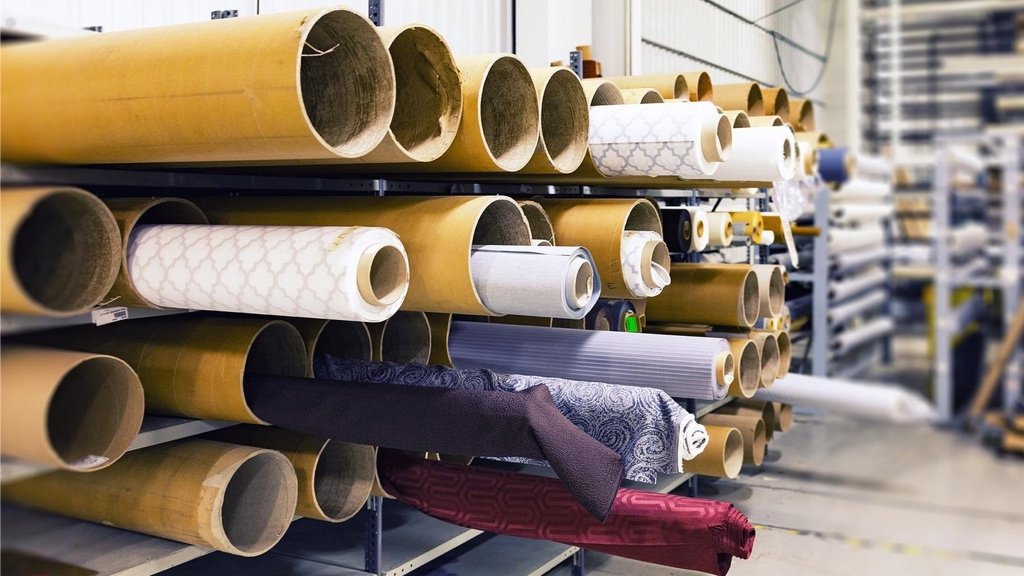
Select Sustainable Fabrics and Choose Production Method
Choosing the correct materials and manufacturing technique is a pivotal decision when launching your fashion label. The fabrics you opt for directly influence the appearance, texture, longevity, and ecological footprint of your product.
Whether you prefer luxurious organic cotton or vibrant synthetic materials, the sourcing process should match your brand ethos and principles - particularly if you aim to promote sustainability or opulence. Commence with small-scale fabric samples from suppliers such as Spoonflower, Tissura, or Alibaba, and explore local textile markets for a hands-on experience with your options.
Subsequently, determine how you will manufacture your apparel. For initial collections, samples can be produced in-house or through a local tailor. However, for larger quantities, a decision must be made between domestic and overseas production. Domestic manufacturing provides greater control and faster delivery times, albeit at a higher cost.
Overseas production - for instance in factories in China, Turkey, or Bangladesh - can reduce expenses, though it presents obstacles like language barriers, shipping delays, and quality assurance issues. Artificial intelligence solutions can offer assistance: utilize platforms like ZyloTech or Maker's Row which incorporate AI technology to match your brand with reputable manufacturers based on your product category and volume requirements.
Comparison of Common Production Methods
| Production Method | Suitability | Advantages | Disadvantages |
|---|---|---|---|
| In-House (DIY) | Small orders, artisanal labels | Complete control, minimal order quantities | Time-consuming, limited expandability |
| Local Manufacturer | Premium/sustainable collections | Swift delivery, improved communication | Elevated expenses, restricted volume |
| Overseas Manufacturer | Mass production, cost-effective runs | Reduced unit costs, scalable operations | Linguistic barriers, delayed shipping |
| Print-on-Demand | Low-risk trials, casual attire | No inventory required, minimal initial expenses | Limited customization, diminished profit margins |
Sourcing tip: Employ FabricAI (if accessible in your region) or Sourcemap to discover ethical suppliers and monitor the ecological impact of your material selections.
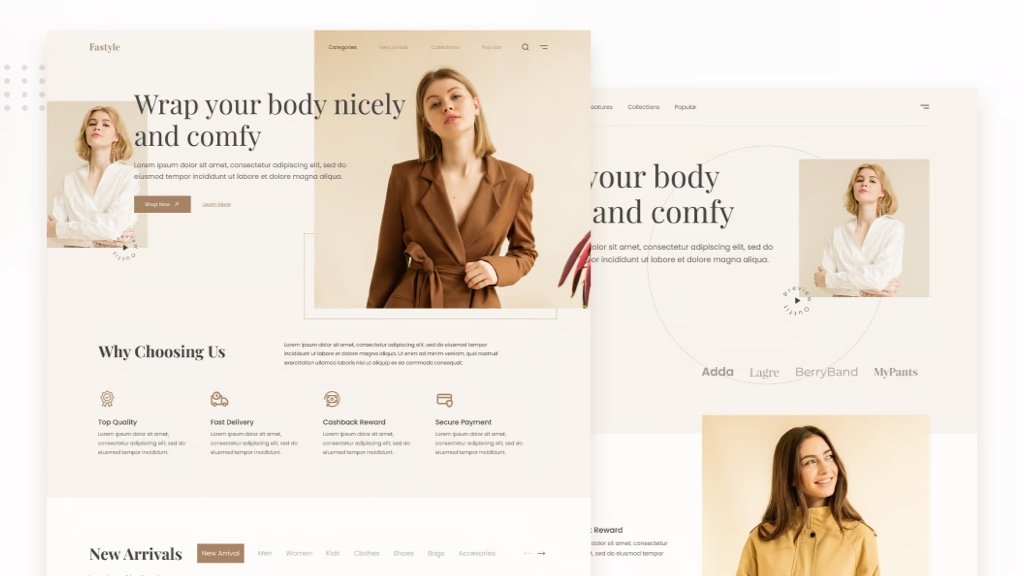
Embarking on the creation of your online garment emporium and digital footprint
Your online store is more than just a place to sell - it’s your digital showroom, your brand’s first impression, and often your primary sales channel. It needs to reflect your clothing brand’s identity and create a seamless experience for customers.
Choose a reliable ecommerce platform like Shopify, WooCommerce, or Squarespace that allows you to easily manage inventory, track orders, and integrate with marketing tools. Customize your theme with your brand’s fonts, colors, and imagery to keep it cohesive. Don’t forget the basics: a powerful homepage, clean product pages, size guides, and an About section that tells your story.
An online presence goes beyond your website. You also need to create branded profiles across social media platforms like Instagram, TikTok, Pinterest, and Facebook, where visual content dominates and fashion thrives. Use these channels to drive traffic to your store, build a community, and showcase your designs.
Tools like Canva, Later, and Buffer can help schedule content, while AI caption generators like ChatGPT or Copy.ai can help you craft engaging posts at scale. Consider also setting up an email marketing funnel with Klaviyo or Mailchimp to capture leads and keep your audience informed.
Essential Sections for Your Clothing Brand Website
| Page Type | Purpose | Pro Tips |
|---|---|---|
| Home Page | Showcases bestsellers, collections, brand story | Use high-quality visuals + clear CTA |
| Product Pages | Details on materials, sizing, and care | Include size guide + multiple images |
| About Us | Share your story and mission | Build connection with your audience |
| Contact Page | Offers support and customer service options | Use forms and social links |
| FAQs | Handles common buyer questions | Boosts trust and reduces cart abandonment |
Pro Tip: Use Shopify Magic or Gemini for WooCommerce to automatically generate product descriptions, SEO meta tags, and even A/B test landing pages.

Effectively Price Your Products and Manage Inventory
Pricing your clothing correctly is essential for maintaining profitability and building credibility with your target audience. It's not just about adding markups for materials and labour - you also need to consider overheads, promotional expenses, transaction fees, and your brand's positioning in the market.
For instance, if your clothing brand is positioned as premium and ethically produced, your pricing should mirror that perceived value. A robust pricing strategy combines cost-based pricing (covering your costs) with value-based pricing (what your ideal customer is willing to pay). Additionally, AI tools like Prisync or ChatGPT can aid in competitor analysis, markup calculations, or testing various pricing tiers quickly.
Once your prices are set, maintaining your inventory efficiently becomes a crucial task. Excessive stock can drain your cash flow, while insufficient stock can result in lost customers.
To tackle this issue, utilise inventory management software such as Stocky (for Shopify), Zoho Inventory, or Cin7, which provide AI-driven forecasting, low stock alerts, and real-time insights. If you are just starting out, consider the made-to-order or pre-order approach, which mitigates inventory risks and generates excitement around your products.
As your business expands, implement a more scalable inventory system - preferably one that integrates seamlessly with your website and any third-party sales platforms.
Strategic Fashion Pricing Models & Profit Scenarios
| Pricing Model | How It Works | Best Suited For | Example Markup |
|---|---|---|---|
| Cost-Based Pricing | Apply markup on production expenses | Entry-level & emerging brands | 2× to 3× |
| Value-Based Pricing | Set prices based on brand and design perception | Luxury or premium fashion | 3× to 5×+ |
| Keystone Markup | Conventional retail pricing model (50% margin) | Wholesale/distributor pricing | 2× |
| AI-Driven Pricing | Flexible pricing based on trends & analytics | Growing brands with advanced tools | Varies |
Tip: Utilize demand prediction features in applications like Inventory Planner to automate reordering and reduce obsolete stock.
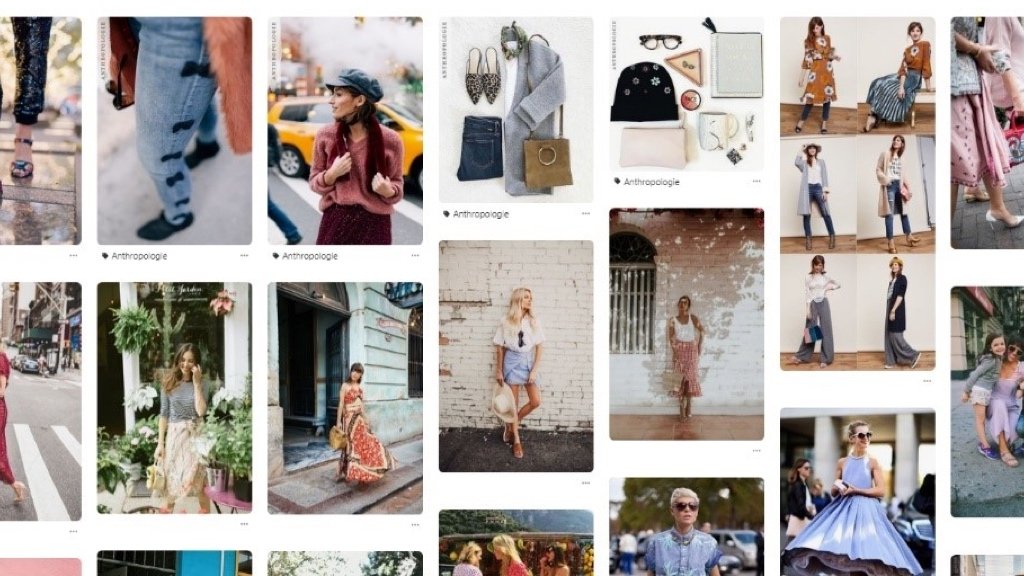
How to Promote Your Clothing Brand (Organic & Paid Strategies)
Even the most exquisitely crafted clothing collection will not find buyers if it remains unknown. Hence, a robust marketing plan is crucial. Begin by emphasising on organic marketing—cultivating a devoted community and brand image without paying for every single click.
Social media platforms such as Instagram, TikTok, and Pinterest are indispensable for the fashion industry where visuals hold sway. Maintain a regular posting schedule, narrate your brand's story, share behind-the-scenes glimpses, and interact with your followers. Utilize hashtags, reels, and collaborations to broaden your audience. Artificial intelligence tools like Copy.ai, Flick, or ChatGPT can aid in crafting compelling captions, hashtags, and even scripts for short videos.
After establishing a solid foundation, expand further with sponsored advertising. Social media platforms offer precise targeting options based on age, interests, and fashion preferences. Commence with Facebook Ads or TikTok Spark Ads, and experiment with different creatives through AI tools like AdCreative.ai or Predis.ai.
Do not overlook the potential of email marketing—a potent yet often underestimated tool. Platforms like Klaviyo and MailerLite can automate drip campaigns, welcome sequences, and flash sale notifications. With AI-powered segmentation and predictive analysis, you can deliver the right message to the right recipient at the right moment—without lifting a finger.
Natural vs Sponsored Marketing – Which Strategy Suits You?
| Approach | Essential Techniques | Investment Level | Most Suitable For |
|---|---|---|---|
| Natural | Content creation, SEO, social interaction | Low (time-intensive) | New businesses, financially prudent individuals |
| Influencer Collaboration | Product gifting, shoutouts, contacting micro-influencers | Medium | Brands aiming for trendiness or appealing to a younger audience |
| Sponsored Advertisements | Advertisements on Facebook, Instagram Reels, TikTok | Medium–High | Brands seeking swift growth |
| Email Campaigns | Product launch notifications, reminders for abandoned carts, loyalty incentives | Low–Medium | Engaged customer base, repeat purchasers |
Top: Tools like Ocoya and Lately.ai can automatically transform a single piece of content into numerous social media posts, saving several hours each week.
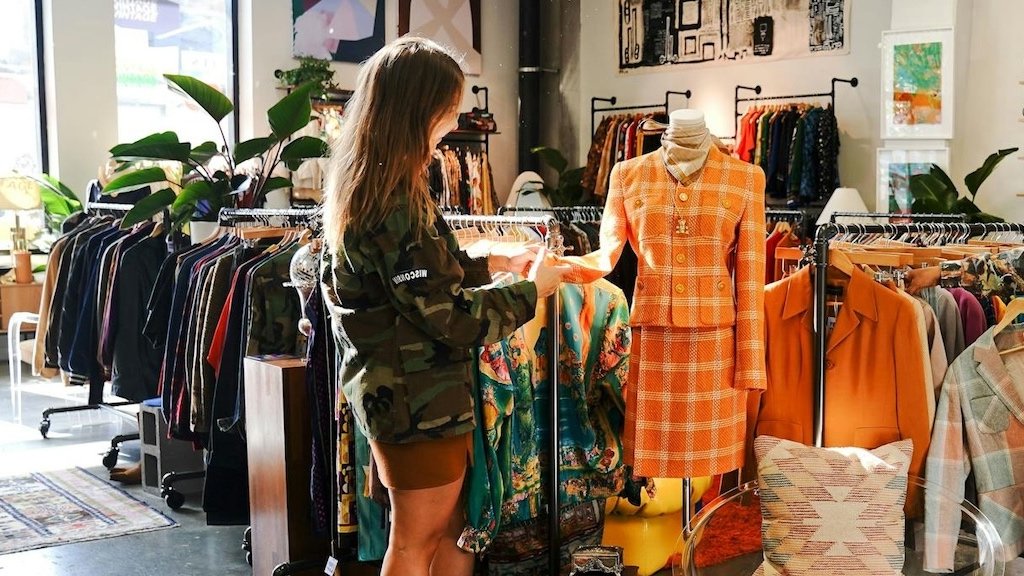
Trialling your fashion label through local pop-ups and market responses
Before expanding your clothing brand, it is wise to validate your products in tangible settings. Pop-up shops, local fashion markets, and even vendor stalls at functions offer a low-risk approach to engage with genuine customers, receive direct feedback, and observe how individuals engage with your products.
These transient retail setups enable you to assess pricing, sizing, packaging, and brand communication - all while establishing brand recognition and potentially generating revenue. Whether it is a weekend booth at a local art fair or a temporary pop-up in a high-traffic retail location, these instances can serve as miniature laboratories for expansion.
In addition, these occasions are invaluable for discovering customers. You can inquire, for instance, “What attracted you to this item?” or “Was there any ambiguity regarding the sizes?”—insights that are invaluable when enhancing your offerings.
To maximize effectiveness, prepare branded signages, QR codes directing to your online store or social media, and incentives such as discounts for initial purchases or Instagram follows. AI tools like Canva Magic Design can aid in swiftly producing appealing visuals for posters, banners, and packaging.
You may even utilise ChatGPT to frame your sales pitch, product displays, or engaging slogans that convert passersby into loyal patrons.
Trialling Checklist for Pop-Ups
| Undertaking | Significance | Recommended Tool / Suggestion |
|---|---|---|
| Showcase Products with Narratives | Facilitates emotional connection with customers | Canva for signages |
| Present QR Code for Online Shopping | Transforms in-person admirers into online shoppers | Beaconstac, Linktree |
| Monitor Popular Items | Highlights top-performing product variants | Google Sheets, Airtable |
| Accumulate Emails or Social Follows | Builds your database for forthcoming campaigns | Mailchimp app, IG follow prompts |
| Solicit Feedback Directly | Aids in refining design and pricing choices | Straightforward form or a notepad |
️ Top Suggestion: Utilize Google Forms + AI-generated queries to produce expedient customer feedback surveys and analyze the outcomes subsequently with tools like ChatGPT Code Interpreter or Sheets AI.
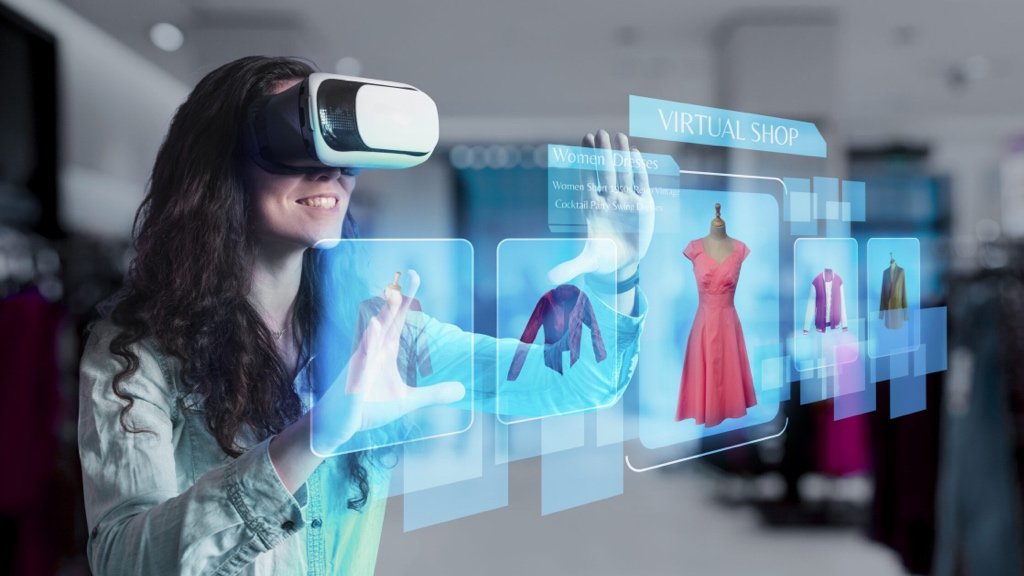
Expand Your Clothing Brand with AI & Smart Tools
Once your clothing brand is launched and tested, the next step is scaling it sustainably—and the smartest way to do that today is by using AI-powered tools and automation to multiply your efforts.
Scaling isn’t just about increasing sales; it’s about working smarter, not harder. From automated marketing and smart fulfillment to predictive analytics and inventory optimization, there are tools that can handle the repetitive stuff while you focus on creativity and strategy.
For example, AI can help forecast demand and automatically reorder your bestsellers. Tools like Inventory Planner, Shopify Flow, and Katana sync production and sales data to avoid overstock or stockouts. Want to level up customer service without hiring a big team? Use AI chatbots like Tidio or Gorgias AI to handle order questions and upsells.
For scaling marketing, apps like Phrasee and AdCreative.ai generate high-converting copy and visuals on the fly. Even customer reviews can be auto-analyzed with sentiment tools like Yotpo AI to guide product decisions or flag issues early.
Expand AI Tools for Scaling Your Fashion Brand
| Area of Growth | Tool Recommendation | What It Does |
|---|---|---|
| Smart Inventory | Inventory Planner, Katana | Predict demand, manage stock in real-time |
| Customer Support | Gorgias AI, Tidio | Auto-answer common queries, boost conversions |
| Marketing Automation | Klaviyo, Phrasee, Ocoya | Create, personalize, and schedule campaigns |
| Ad Creative Generation | AdCreative.ai, Predis.ai | Build and test ads without a creative team |
| Analytics & Insights | Google Looker Studio, Glew.io | Track performance across channels |
Expand Tip: Use Zapier or Make.com to connect your ecommerce tools into smart workflows—like auto-sending thank-you emails when someone buys from a pop-up.
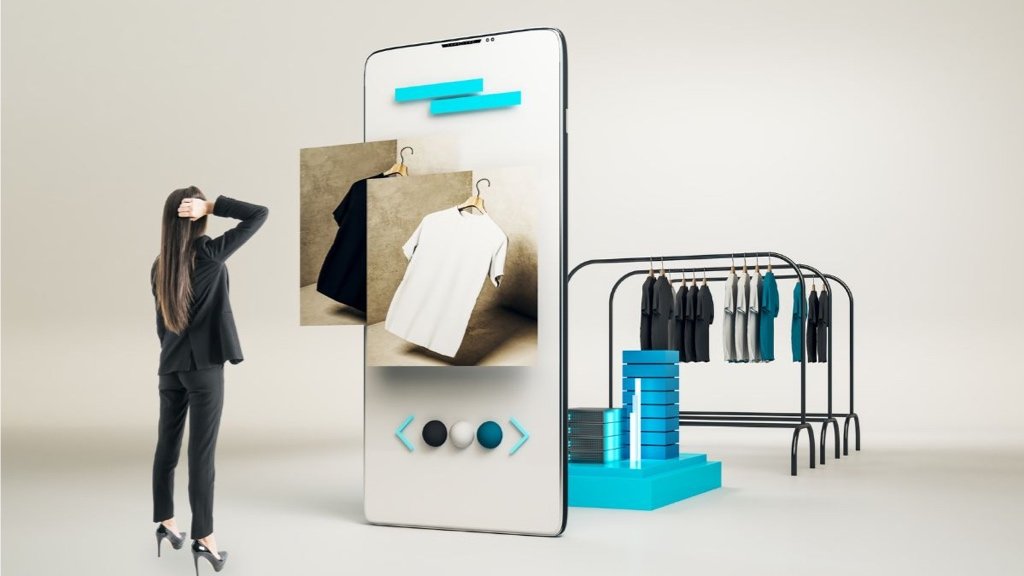
❓ FAQ: Starting a Clothing Brand
1. What is the first step in starting a clothing brand?
Answer: The first step is defining your brand identity—your style, values, and target audience. This lays the foundation for your designs, messaging, and marketing. From there, you can move on to creating a business plan, designing your first collection, and testing your concept through pop-ups or online.
2. Do I need a license to start a clothing brand?
Answer: Yes, most regions require you to register your business and obtain permits like a sales tax license or vendor permit. If you're selling online or shipping internationally, be sure to check legal requirements around labeling, returns, and data protection. Consult a local business bureau or use AI-powered legal tools like LegalZoom or Termly for help.
3. How much does it cost to launch a clothing brand?
Answer: Startup costs vary. If you're DIYing everything, you can get started with as little as $500 to $2,000 using print-on-demand or handmade items. If you're going into custom manufacturing, website setup, and marketing, expect to invest $5,000 to $20,000+. AI tools can drastically cut costs on branding, design, and content creation.
4. Is AI really useful for small clothing brands?
Answer: Absolutely. AI tools can help you design collections, generate marketing content, plan inventory, and even predict trends. They let solo founders compete with larger teams by automating time-consuming tasks and increasing speed-to-market.
5. Can I sell clothes without a physical store?
Answer: Yes, and in 2025 it’s more common than ever. Many brands thrive with just an online store and presence on Instagram, TikTok, and marketplaces like Etsy or Amazon. You can also test your brand locally through pop-up events or retail partnerships without owning a storefront.
6. How do I name my clothing brand?
Answer: Your name should reflect your style, values, and audience. Keep it short, easy to pronounce, and unique. Tools like Namelix or Shopify’s Business Name Generator use AI to suggest names based on your brand identity and niche.
Begin Your Clothing Brand Today
Commencing a clothing brand in 2025 is more attainable—and more thrilling—than ever before. With the correct blend of ingenuity, strategic planning, and cutting-edge AI tools, you can expedite the process from concept to product far beyond the constraints of traditional methodologies.
Whether you're curating a limited-edition collection in your boudoir or establishing a comprehensive online label, triumph hinges on maintaining a steadfast commitment, acquiring knowledge through experience, and adhering faithfully to your creative vision.
Hence, take that inaugural leap. Sketch that blueprint. Identify your distinctive market segment. Unveil that bespoke website. You now possess a detailed roadmap - and the resources necessary to actualize your sartorial aspirations.
✨ Recall: The global stage is not craving merely another label. It seeks your unique brand.